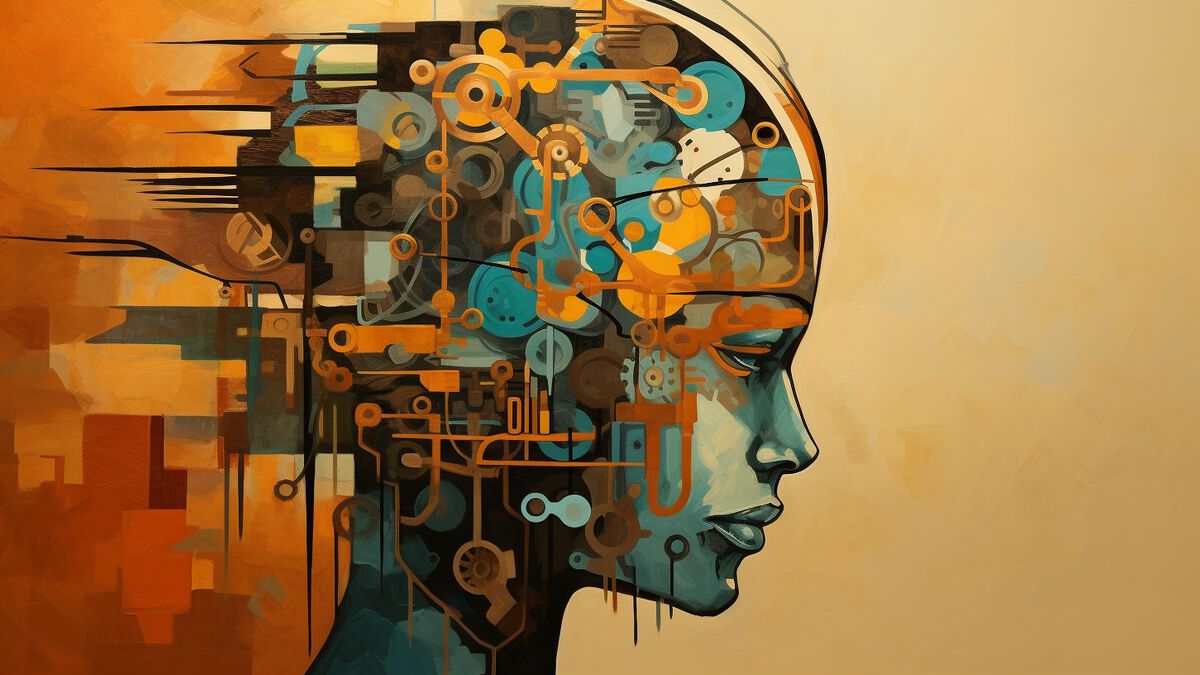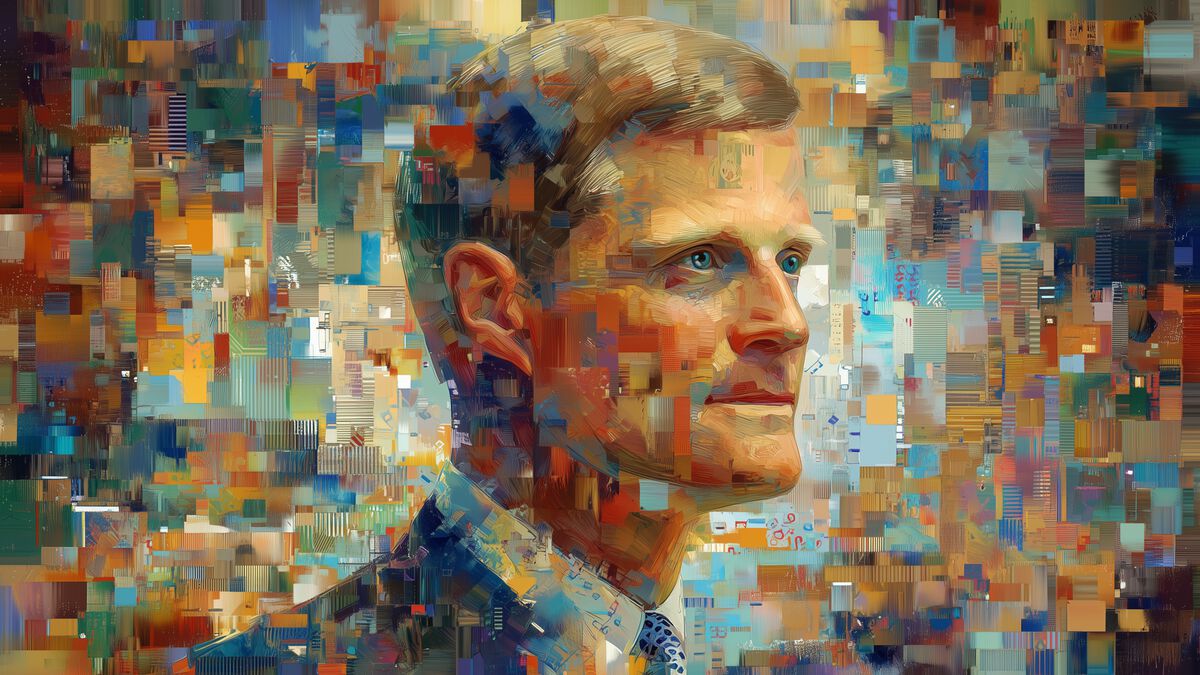Shelly Kagan on Philosophy of Life and Death
Lincoln Cannon
7 May 2009 (updated 26 December 2025)
I’ve been watching Shelly Kagan’s lectures on the “Philosophy of Life and Death” via Academic Earth, which links to thousands of video lectures from the world’s top scholars. In this set of lectures, Shelly argues for the following perspective:
“I’m going to try to convince you that there is no soul. Immortality would not be a good thing. Fear of death isn’t actually an appropriate response to death. Suicide, under certain circumstances, might be rationally and morally justified.”
My initial reaction to his perspective was that I would probably disagree with his definition of “soul” and “immortality.” But I’d probably agree with his assessment of these matters, given his definitions.
In his second lecture, Shelly talks about life and death, as well as persons, in black-and-white terms. However, are there degrees of life and death? Are there degrees of consciousness? Are there degrees of identity?
He also talks about the death process in linear terms. He seems to suggest that a person gradually breaks down at a linear rate; and, at a certain point, the person dies. However, could the break down be exponential, and thereby provide only an approximation of black-and-white death in our unaided human observation?
Then Shelly addresses dualism and physicalism. He associates dualism with immaterialism and physicalism with materialism. In doing so, he overlooks the idea of substrate independence, which is neither dualism nor physicalism, as he describes them.
For example, could we be entirely material, having minds that are dependent on physical substrates generally, yet not dependent on any particular physical substrate? Could our minds be physical degrees of abstraction, like an atom is a physical degree of abstraction? And how distributed might a substrate-independent person be across even its environment and other persons?
Shelly sets up his lectures with definitions of life and persons that are too black-and-white.
In his third lecture, Shelly begins presenting and refuting arguments for the existence of a supernatural or immaterial soul. He calls this the “dualist perspective.”
He explains that one argument for the dualist perspective is that a supernatural or immaterial soul is required to explain the sorts of capacities that humans exhibit. He then appeals to technological advances, particularly computers and robots, to demonstrate that many of the capacities attributed to humans are already exhibited in bodies to which we do not attribute dualist natures. He ends by mentioning that he’ll explore in the next lecture whether computers or robots might have the capacity for emotion.
I agree with the ideas he expresses in this lecture. However, I do think there is plenty of room for natural material spirits that are a subset of the total information that makes up a person. In particular, I anticipate, as it appears he does, that computers and robots will prove capable of exhibiting all of the characteristics that we now associate with persons.
On the other hand, I also think it makes sense to talk about computers and robots having spirits, already primitive and forming in the causal information stream that is leading to their eventual emergence as full persons. Frankly, that’s what I think we are: spiritual machines – to steal a label from Kurzweil.



